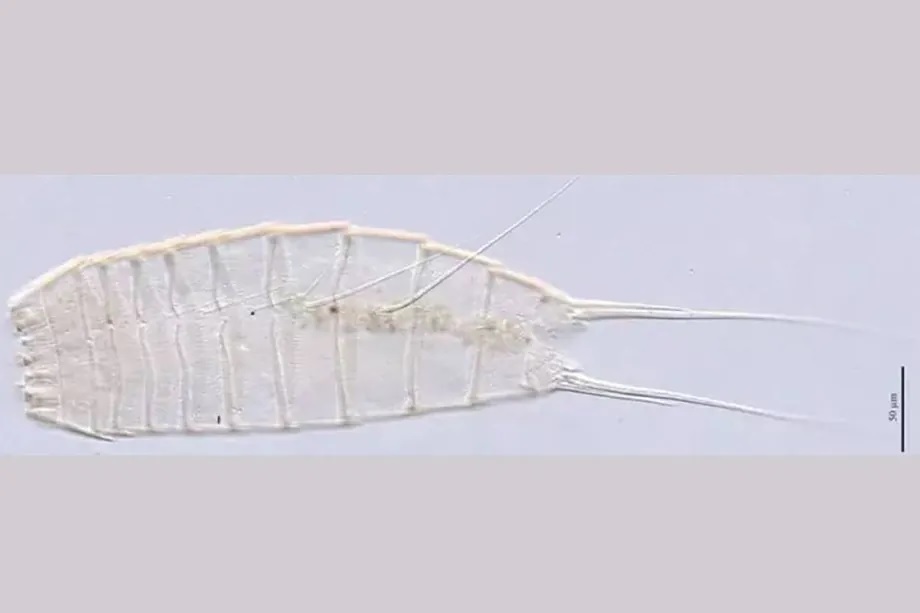Spanish scientists from the Complutense University of Madrid (UCM) have led an international research team that has described a new species of kinorhynch or mud dragon in the Orkney Trench in the south (Antarctic Ocean) at a depth of about 6,000 meters, as reported by Servimedia.
Kinorhynchs are small animals - measuring between 100 micrometers and one millimeter - that are part of the meiofauna, an animal community highly relevant for the proper functioning of marine ecosystems.
"This discovery significantly expands the knowledge about the biodiversity of these animals in hadal environments, those deeper than 6,000 meters, adding to a very limited group of species known at these depths," highlights Alberto González Casarrubios, researcher at the Department of Biodiversity, Ecology, and Evolution of the UCM.
The study, published in the journal 'Zoologischer Anzeiger' and led by Nuria Sánchez, a professor at the UCM, not only describes a new species ('Echionderes australis sp. nov.'), but does so from a very poorly explored environment due to the technical difficulty involved.
Until now, only two species of kinorhynchs were known in hadal zones, so with this new species, the total knowledge of this group in these particular environments increases by 33%.
The sampling was carried out in December 2019 during the oceanographic campaign KH-19-6_leg4, aboard the Japanese oceanographic vessel R/V Hakuho-Maru.
"Intensive oceanographic campaigns take many different samples for different purposes, but the ones used in this study were taken with a multicorer (MUC), a specific instrument for collecting samples that minimally disturbs the surface layers of sediment," specifies González Casarrubios.
"SIGNIFICANT IMPLICATIONS"
After sampling, the sediment was separated into one-centimeter-thick layers up to a depth of about five centimeters, and the animals were extracted from the substrate using a flotation method. Subsequently, the samples were stained with a pigment to dye the animals.
The kinorhynchs were hand-separated under a binocular microscope at the University of Southern Denmark during an Erasmus+ stay by Marta García-Cobo, a researcher at the UCM.
For identification and analysis, optical microscopy (LM) and scanning electron microscopy (SEM) were used with interactive keys and specialized literature to identify and describe the new species.
"The results of this study have significant implications for the taxonomy of these small invertebrates, as well as for the understanding and conservation of deep-sea marine ecosystems," concludes González Casarrubios.
In addition to the UCM, researchers from the University of Southern Denmark, the Federal University of Rio Grande (Brazil), the Japan Agency for Marine-Earth Science and Technology, and the French Research Institute for the Exploration of the Sea participated in the work.
